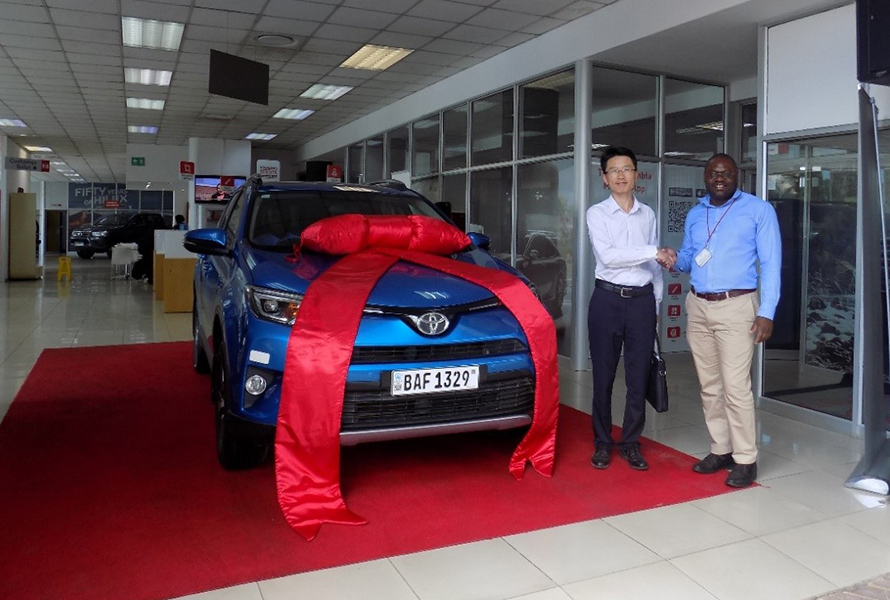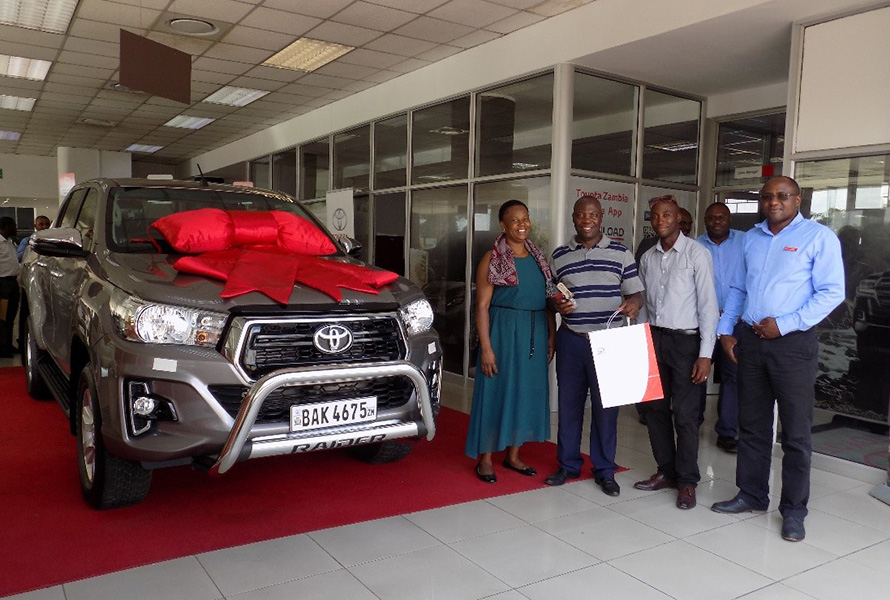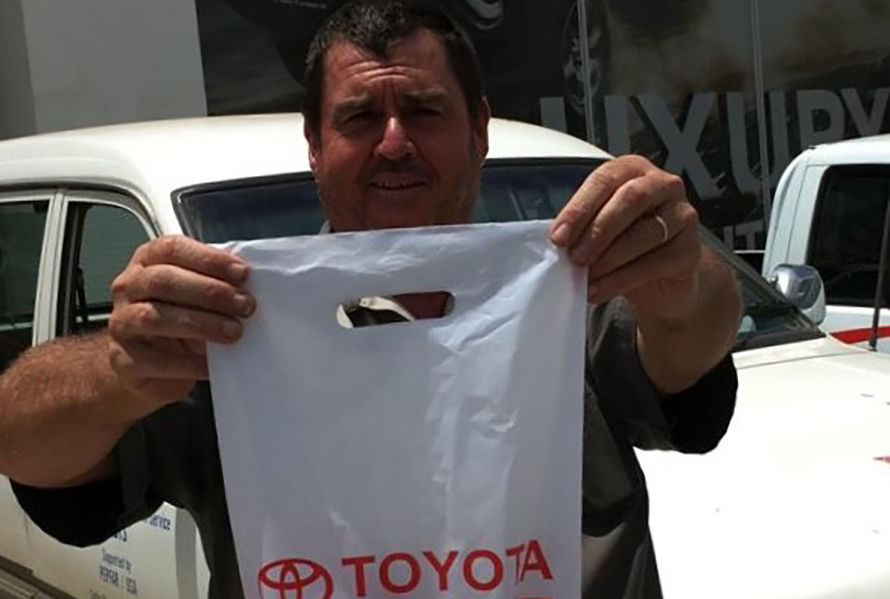Toyota Zambia would like you our readers to join us in congratulating our latest young decision makers for influencing their Parent in purchasing the Hilux Double Cab 4×2 Comfort Plus with accessories.
It is not secret that a few decades ago, children were educated under strict and hard self-directed rules from parents. Decisions with regards to household purchases, especially for expensive products such as a Vehicle, were exclusively made by parents while children had to sit and wait for parents to display what they have purchased without any participation from children. Well, today the world has changed thanks to effects of digitization and the evolvement of parental cultural norms.
Presently, you would agree that the changing of times has given way to “change in the decision making” process/units in most family structures. Children are no longer at the backstage in family buying decisions making process. Most household purchases are influenced by children from games, TV (films and cartoons) to other media stations that cause them to develop the world of their own fantasy eventually making the environment more purposeful. This change is giving children to have a “say” of their own wants and needs (subject for debate of course) rather than to accept any purchase from their parents. Yes, it is an exciting era where everyone in a family has an opinion of what is to be bought in the family for the household.
Enough of a preamble, today Toyota Zambia would like you our readers to join us in congratulating our latest young decision makers for influencing their Parent in purchasing the Hilux Double Cab 4×2 Comfort Plus with accessories. The decision making Unit was in collaboration of two most exciting next generations; Michael and Sera who happened to settle for the chosen vehicle purely for school movement purposes. It is also prudent to attach a purchase to a purpose especially when it has a lot to do with educational and developmental factors. Asked Michael how they convinced their parent, “it’s comfortable, fresh and higher from the ground and spacious. I will always be looking forward to going to school with so much comfort, he said”. The decision makers – Michael and Sera, took the honour of receiving the keys from our Sales Leader. Certainly the transformation of decision making units is visible.















































